Pine trees have been used for centuries for their resin, which was used for medicinal purposes, and their wood, which was used for construction and fuel.
The pine tree has a long tap root system and deep lateral roots. The resin is produced by the tree to protect it from insect damage and disease.
Pine forests are also important for the environment because they help to control soil erosion and provide habitat for wildlife. 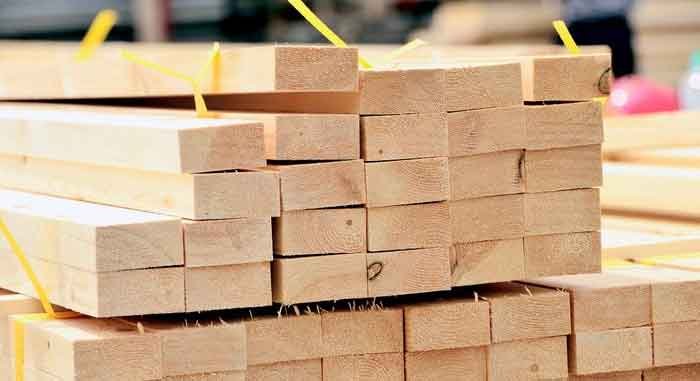
What is Pine Wood?
The family of trees known as conifers includes pine (Pinus). Pine leaves are thin and needle-like in appearance, and they can be found all over Northern, Central, and Eastern Europe.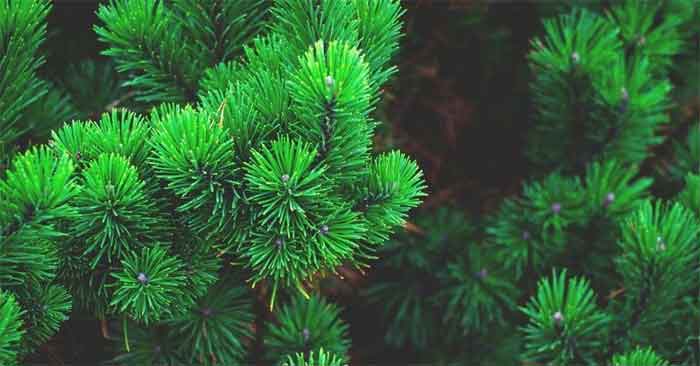
Pine trees are evergreen. Softwood is the term used to describe pines. Pines live a long time and can reach ages of 100–1,000 years in certain climates and locations.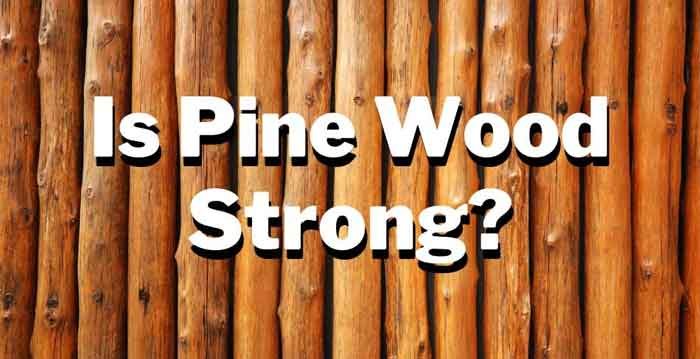
There are more than 125 different species of pine in the world. Almost all types of pine are quite similar. Their characteristics determine their usage.
Pine Wood is well-known for its abundance, durability, workability, and attractive appearance.
Here is all you need to know about sheesham wood.
Pine Wood Pros and Cons
- It is easily relocated from one location to the next and can be readily worked at high elevations due to its lightweight.
- Pine is a favorite wood among woodworkers since it has high workability. Because projects undertaken with it get completed very quickly. It’s simple to work with hand and machine tools, and it takes to paint or stain well.
- There is no need to pre-drill when working with pine since nails and screws can be simply applied without drilling. This saves a lot of time on a big project because it eliminates the need for pre-drilling. Many carpenters claim that while they work on hardwood, many times the blades must be changed, wasting a lot of time.
- You can’t tell how durable the material is based on whether it’s softwood or hardwood. To know about oak wood refer this.
- Pine wood is a beautiful hardwood that’s both attractive and practical. Pine Wood, on the other hand, has several limitations. However, if you want to utilize pine for outside features, pressure-treated pine is always your best choice.
- The color of pine is light and has a medium hardness. Because the stain can easily pick up any color you want because of the light hue, it is easier to achieve. It darkens with age.
- Unlike sagwan wood pine wood is a cheap wood. There are several reasons for the low cost of wood, including high abundance and rapid development. As a result, transportation costs are minimal. The expense of shipping other unusual woods from one nation to another has risen dramatically.
- Red pine and the Australian pine are both fast-growing trees that grow at a rate of 1-2 feet each year.
Disadvantages
- Scratches and dents are common occurrences. There are several reasons for scratches and dents. However, the wood of pines is known to have a low hardness, which is due to its low hardness.
- Because pine wood is so porous, most of it is rotten. For furniture making, high- to medium-grade wood is preferable because it has a greater resistance to decay. High grade is considered superior for flooring and exterior use, however, you must pay more for it.
- Because pine wood is soft, it requires constant maintenance. It cannot endure prolonged dampness. Remove any rotted portions as soon as possible and apply oil and wax regularly.
Consider reading Teak Wood vs Sal Wood here.
Types of Pine Tree
White Pine
It thrives in well-drained or sandy soil conditions. Its density is low, its texture is fine, and its grains are even.
Jeffrey Pine (Pinus jeffreyi)
The tree is 25 to 40 meters (82 to 131 feet) tall with a trunk diameter of 2-4 feet (.6-1.2 m). The color tone is reddish-brown to yellowish-white with a medium consistency. Its hue ranges from pale yellowish-white to bright reddish-brown.
Khasi Pine (Pinus kesiya)
Khasi pain is a chronic, debilitating condition found throughout Asia. It has an average height of 100–130 ft (30–40 m) and a 3–4 in (1.2–1.2 m) diameter trunk.
Loblolly Pine (Pinus taeda)
The common name for this tree is loblolly pine, after a type that grows in the eastern United States. Loblolly pines with heights of 30 to 35 m (98 to115 ft) and trunk diameters of 1.5-5 ft (.4-1.5 m) are typical.
Read about engineered wood here.
The reddish-brown to yellowish-white heartwood has a straight grain and smooth texture, and it is a versatile material that may be utilized for roof trusses, rails, joists, piles, and a variety of other purposes.
Pine Wood Uses
Furniture
Pine Wood is a wonderful material for furniture projects. Many cabinetmakers like to utilize knotty pine wood and plywood instead of plywood.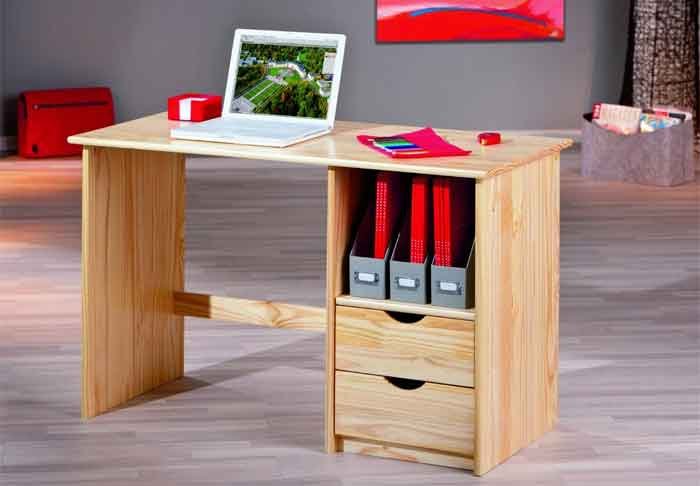
For better furniture, look for a hardwood that is resistant to shock, has a great color, and has good hardness. The wood of pines contains all of these qualities.
Check the latest tv stand designs wooden in pine wood here.
Some pine species are not recommended for furniture making due to the many defects they have (such as knots or discoloration). Pines are usually suitable.
Moldings and Trim
It is simple to work with since it is a pine softwood.
For moldings and trimming, the wood must be very workable. Because tiny hand tools and equipment are used for this. This is generally difficult using other hardwoods because they don’t have the same workability as Douglas fir.
Flooring and Decking
Most individuals choose hardwood for flooring. However, pressure-treated pine wood may be a low-cost alternative. If properly maintained, its lifespan can reach 15 years or more.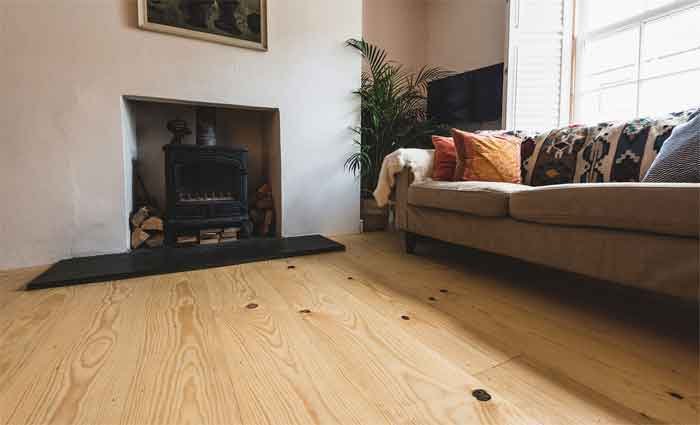
The decking is exposed to weather and soil daily. After logging, pines do not have the same insect- or decay-resistant characteristics as other trees. As a result, pressure-treated pine is preferable for outdoor wooden constructions.
Check the wooden pooja mandir designs for home in pine wood here.
Pressure-treated wood, like any pressure-treated material, has several advantages. It is more moisture resistant, fungal resistant, insect resistant, Fire resistant, and durable than other pressure-treated woods. Its price is somewhat greater than that of ordinary pine.
Ornamental and food
There are various dwarf and beautiful pine species to choose from. Which are utilized as park trees and large gardens in Europe. In many nations, pines are commercially cultivated and harvested for Christmas trees.
How to Identify Pine Wood?
The color, texture, and grain of pine wood will reveal its origin. Pine heartwood is light brown to reddish-brown, with paler sapwood colors of yellow or white. 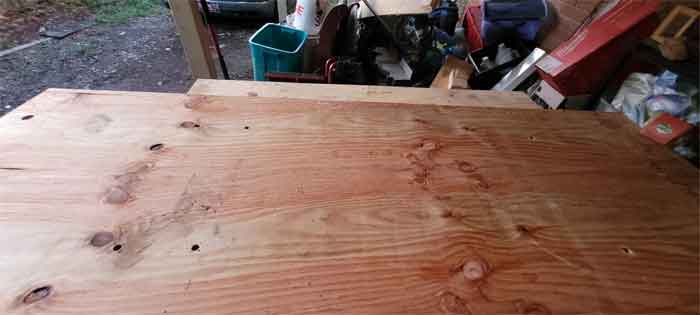 The hue darkens over time. Pine Wood has a lot of dark brown circle knots in it. Due to this feature, they are given particular significance.
The hue darkens over time. Pine Wood has a lot of dark brown circle knots in it. Due to this feature, they are given particular significance.
People also prefer pine wood for almirah or a wardrobe for their home as well. Check the wooden almirah designs here made with pine wood.
Pine features open grain that is medium to large. It’s quite simple to work with, as a result of its open grain. However, because it has open grain, it absorbs moisture rapidly.
Working on Eastern White Pine and Northern Red Pine has a mild, aromatic fragrance that fades after drying. The decay resistance of pine heartwood is rated as moderate to poor.
Is Pine Wood Waterproof?
No, pine is not a water-resistant wood. Although no material is entirely waterproof, some woods do well in damp conditions. In wet areas may be used white oak and teak. Nobody wants to see their flooring and furniture suffer from these issues.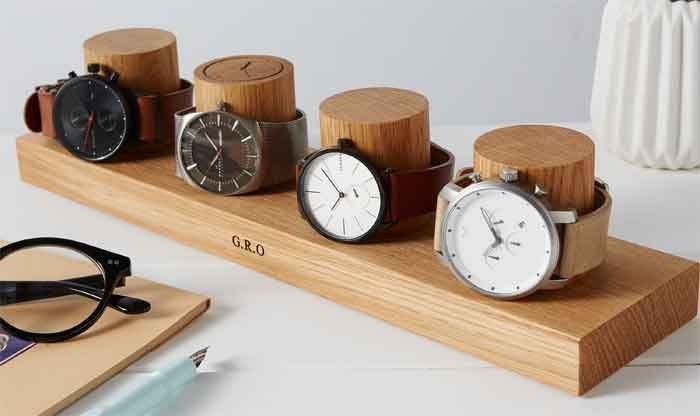
Though Pinewood is not entirely waterproof, it can be somewhat water-resistant.
Apply one or two coats of water sealant to a wooden surface. The open pores on the wood are sealed and it does not absorb moisture doing this.
Conclusion
Pine is one of the most popular woods in North America. It’s also one of the least expensive. It’s also a good choice for pressure-treated wood.
When used in outdoor applications, pine should be sealed or primed to extend its lifespan.


